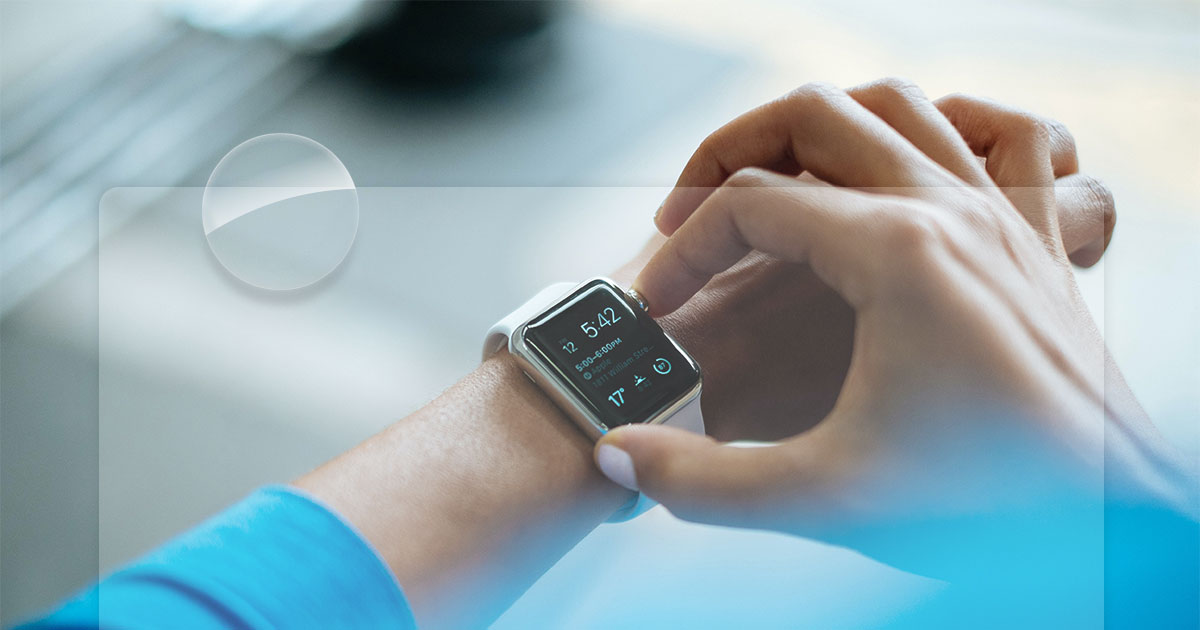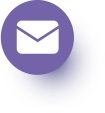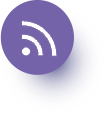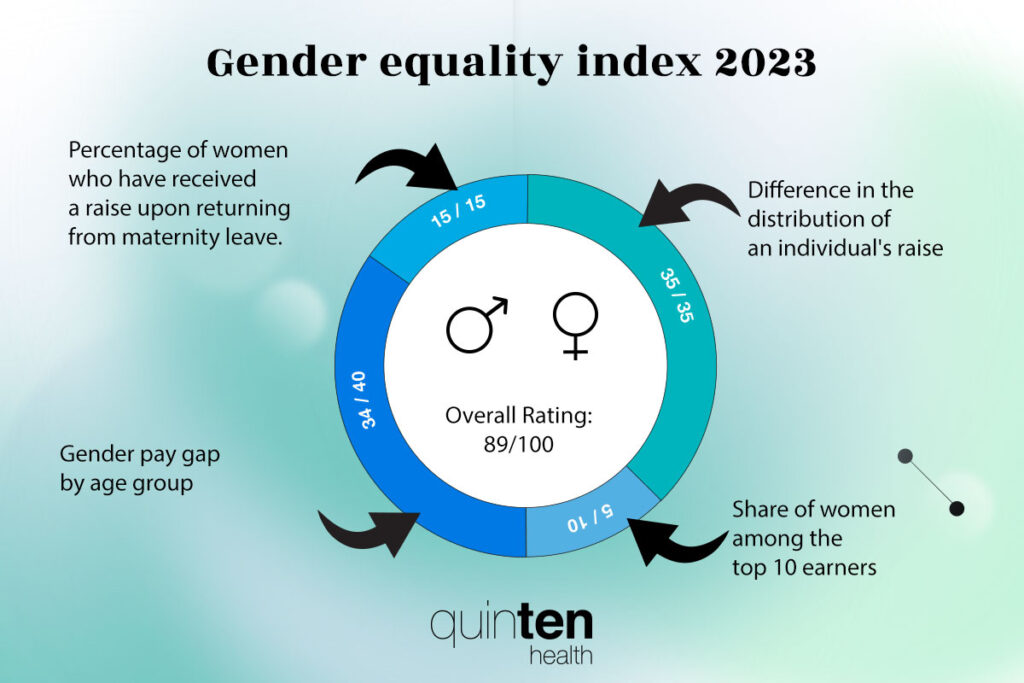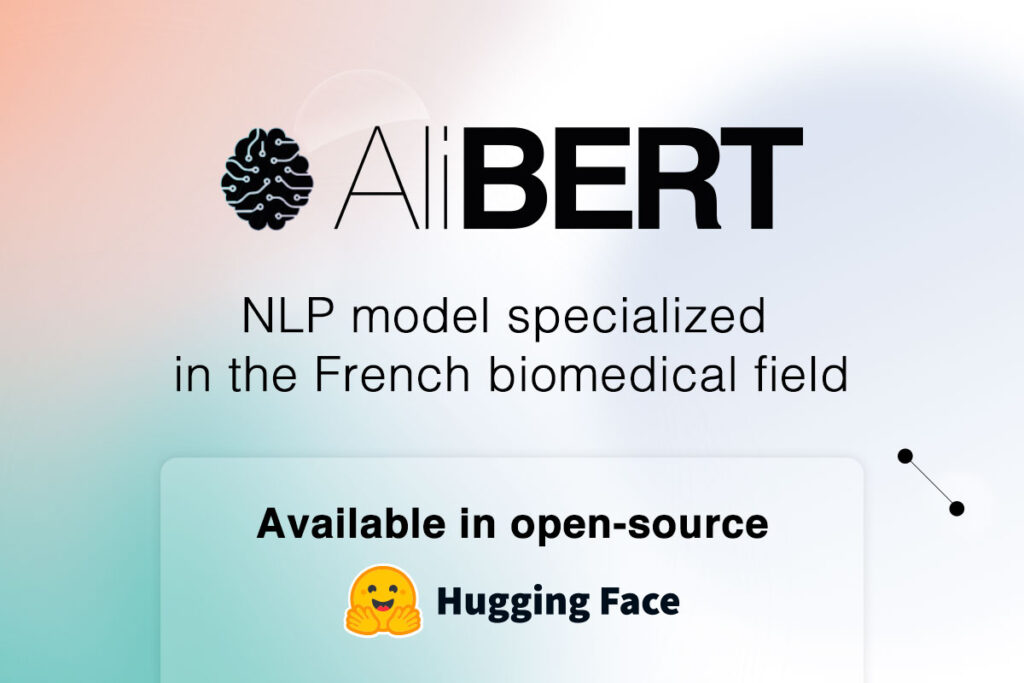Does quantified self mean knowing thyself?
Would data have therapeutic virtues? Could “Big Data” be a weapon of mass healing?
The idea is less absurd than one might think at first glance. The placebo effect is the best illustration thereof: the simple fact of being informed that one is receiving a treatment (regardless of the veracity of this information) can have an effect on the perception of pain, and even on the functioning of the body.
The purpose of this series of 6 articles is not to discuss the reciprocal links between the body and the mind, which several thousand scientific works have already done in recent years. However, it seems important to underline the interdependence between the concrete and the abstract, between the unreal and the real, between the material and the immaterial.
Data, like the information it conveys, is immaterial. We speak of the “dematerialization” of the economy. Until a few years ago, the possession and retention of information were synonymous with power and wealth. Sharing and disseminating information is now the basis of the most successful economic models.
What does this have to do with health?
1) “Quantified self” – “Know thyself”?
Through what we are and what we do, what we like and what we think, we are all generators and holders of a quantity of personal information which is of great value for many economic actors, as well as for our well-being and our health. This data concerns our genetic heritage and our diet, our purchasing behavior and our contributions on social networks, as well as our tastes, our preferences, our problems and our preferred solutions. This data is scattered and sometimes captured without our knowledge by many actors, especially on the Internet, where as everyone knows, “when a service is free, you are the product”.
Are we condemned to see our personal data exploited without limits and without our knowledge by third parties who wish to sell us a certain service or product? Should we support and massively adhere to initiatives such as Mydata which aim at giving back the power to citizens regarding their data? Anticipating this eventuality, Apple proposes, in its new operating system, the HealthKit, which enables to centralize information about one’s health in a “secure” way, and in particular those that monitor physical activity or sleep through connected devices.
But is the simple act of controlling access to our data enough to protect us from all harm?
Probably not. Data can fuel fears and make us our own worst enemy. Many American women have already opted to have both breasts or their ovaries removed – without even having a doctor involved in their decision process – after a genetic analysis from a private company that predicted a higher than average risk of cancer for less than $100 (www.23andme.com).
Let’s imagine a world in which citizens claim back their rights over their data. Let’s imagine a world [the opposite of Orwell’s] in which it is really possible, thanks to this data, for mutual enrichment though our differences and to free ourselves from our fears.
Does scientific progress necessarily imply risk aversion and the desire for absolute control? Do pharmaceutical laboratories deserve the demonization to which they are subjected because of undesirable effects that are sometimes more frequent than they should be, given the results of their clinical studies? Would it not be more constructive to take advantage of this digital revolution to rethink the way drugs are developed, authorized and monitored, and since we’re at it, to totally rethink the organization of care and the evaluation of medical practices?
The reign of data does not necessarily herald an era of cynicism and eugenics under the tyranny of the average and the uniform life, of fear and connected ignorance. On the contrary, it may herald a world that respects diversity and minorities, concerning they offer to produce individually and collectively. The data will be what we make of it. In the end, what if the use of data depended on its purpose?
Uses are what make and break innovations. Quantified-self and connected devices (bracelets, scales, T-shirts, diagnostic support armchairs for the elderly) seem to be meeting their markets, even if they are only in the early stages of development.
The main interest of these products is to follow in a quantified and almost continuous way one’s own physical activity, heart rate, weight… and to compare them to what they should be for an increased sense of well-being. In a way, the postmodern appeal to “know thyself”.
The second use of these connected sensors is to detect abnormal situations in order to automatically or semi-automatically trigger preventive or curative actions.
Finally, these products are undoubtedly new measurement tools for clinical studies and massive epidemiological cohorts that will be of interest to pharmaceutical companies and insurance companies. These cohorts will make it possible, on the one hand, to understand in greater detail and therefore to prevent the conditions of appearance of this or that pathology more effectively, and on the other hand, to identify and promote the conditions of effectiveness of this or that treatment.
But will conventional analysis tools and methods enable to take advantage of the full potential of these large amounts of data?
Find out more in the next episode: Big Data: a new therapeutic option? Part 2: The end of averaging

